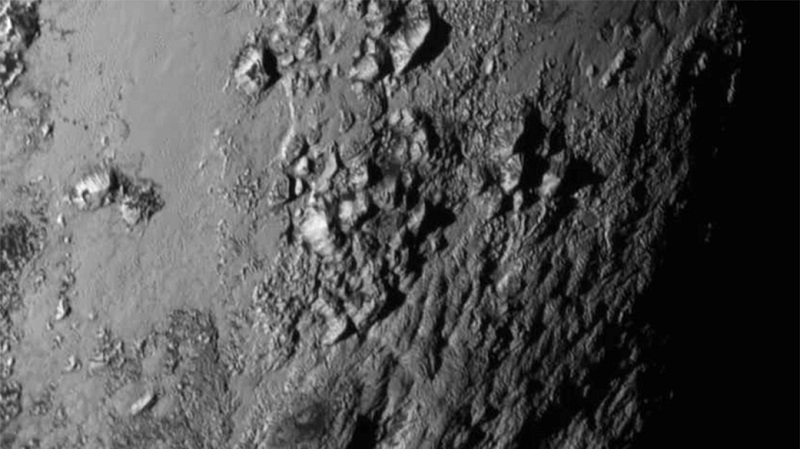Scientists and star-gazers are still fascinated by the discoveries made by the New Horizons probe that recently flew past Pluto after a nine year journey to the dwarf planet.
New Horizons has beamed back some really interesting data, including images of the planet’s surface showing mountains made from rock and ice. Now, as it continues its journey past the planet, the probe has provided evidence that Pluto has what looks like a tail.
“New Horizons has discovered a region of cold, dense ionized(sic) gas tens of thousands of miles beyond Pluto – the planet’s atmosphere being stripped away by the solar wind and lost to space,” Nasa explained.

The discovery was made by the Solar Wind Around Pluto (SWAP) instrument, which observed the cavity in the solar wind between 77,000 km and 109,000 km downstream of Pluto. The cavity is apparently full of nitrogen ions, which are creating the plasma tail. At this point, the structure and exact length is still unknown.
“Similar plasma tails are observed at planets like Venus and Mars. In the case of Pluto’s predominantly nitrogen atmosphere, escaping molecules are ionized(sic) by solar ultraviolet light, ‘picked up’ by the solar wind, and carried past Pluto to form the plasma tail discovered by New Horizons,” Nasa explained.
More data from SWAP is expected to reach earth in August, and from that scientists will be able to determine a host of other facts, including the rate at which Pluto is losing its atmosphere.
“We’ll be getting more data in August, which we can combine with the Alice and Rex atmospheric measurements to pin down the rate at which Pluto is losing its atmosphere. Once we know that, we’ll be able to answer outstanding questions about the evolution of Pluto’s atmosphere and surface and determine to what extent Pluto’s solar wind interaction is like that of Mars,” said Fran Bagenal, University of Colorado, Boulder, who leads the New Horizons Particles and Plasma team.
[Source – Nasa]

